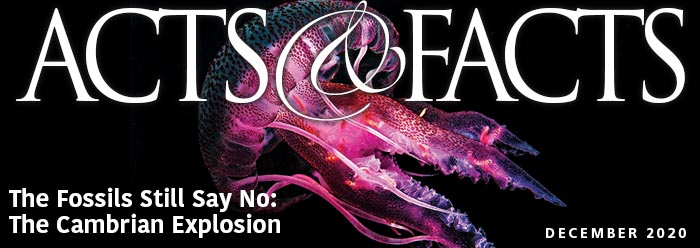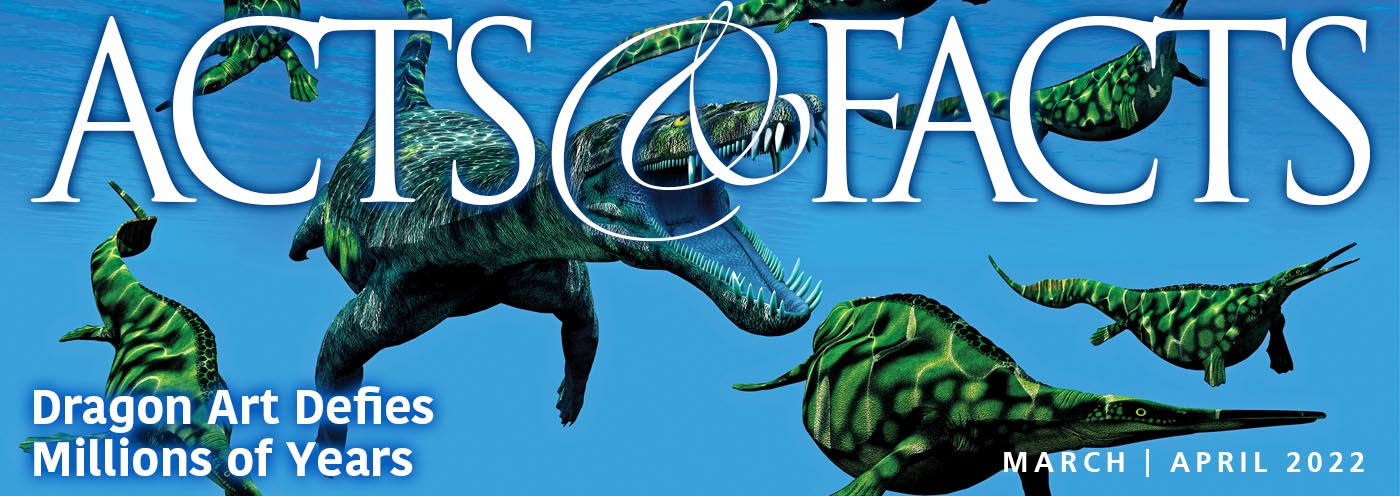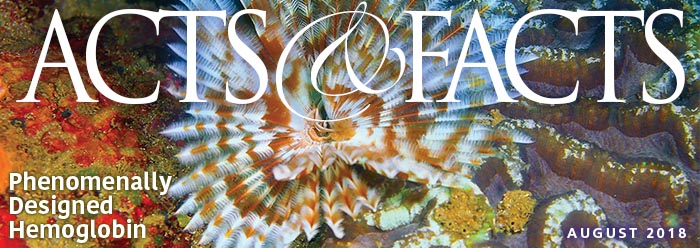For about a century, radioactive decay rates have been heralded as steady and stable processes that can be reliably used to help measure how old rocks are. They helped underpin belief in vast ages and had largely gone unchallenged. But certain decay rates apparently aren’t as stable as some would hope.
Several decades ago, strange fluctuations were observed in several radioactive decay systems. These systems have unstable nuclei that emit various particles and radiation until they stabilize. It was finally established that these seasonal fluctuations corresponded to the distance between the earth and the sun. When the earth is closest to the sun, solar neutrinos evidently accelerate nuclear decay.1
Now, Italian research shows evidence that a process called “cavitation” accelerated the nuclear decay of thorium (Th228). In particular, it seems that cavitation caused radioactive thorium decay to accelerate by a factor of 10,000 times during a 90-minute experiment.2 Cavitation can occur when water flows so fast that vapor bubbles are produced. These bubbles collapse to produce shock waves—very powerful on tiny scales—that have been known to rapidly destroy boat propellers and pump parts, catastrophically erode water tunnels, and create light sparks. Cavitation may also affect the nuclei of atoms in heavily resonating solutions.
The mutability of decay rates is not a surprise to some scientists. Creation researchers had found clear evidence that radioactive decay was accelerated dramatically in the recent past. For example, some radioactive decay acceleration event must have been the cause of the profusion of helium atoms that exist in zircon crystals associated with radioactive uranium.3
Whether cavitation, neutrinos, or something else had a part in the accelerated nuclear decay of earth’s past is not yet known. What is known, however, is that the stability of radioactive decay is open to question. Likewise, the vast age assigned to the earth based on radioactive measurements is by no means set in stone.
References
- Mullins, J. 2009. Solar ghosts may haunt Earth's radioactive atoms. New Scientist. 2714: 42-45.
- Cardone, F., R. Mignani R. and A. Petrucci. 2009. Piezonuclear decay of thorium. Physics Letters A. 373 (22): 1956-1958.
- Humphreys, D. R. Young Helium Diffusion Age of Zircons Supports Accelerated Nuclear Decay. In Vardiman, L., A. A. Snelling, and E. F. Chaffin (eds.). Radioisotopes and the Age of the Earth, Volume II. El Cajon, CA: Institute for Creation Research, and Chino Valley, AZ: Creation Research Society: 25.
* Mr. Thomas is Science Writer at the Institute for Creation Research.
Article posted on August 5, 2009.







